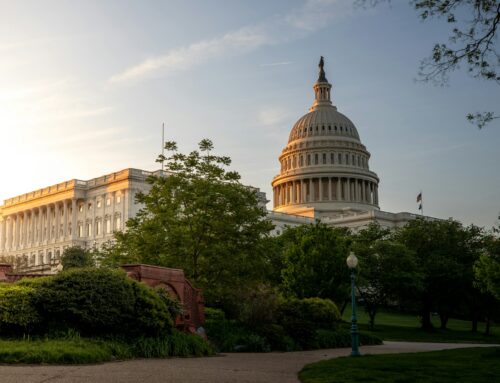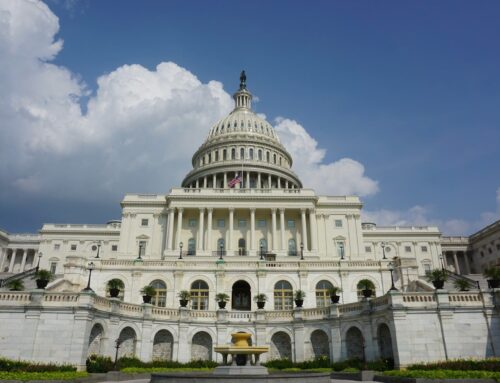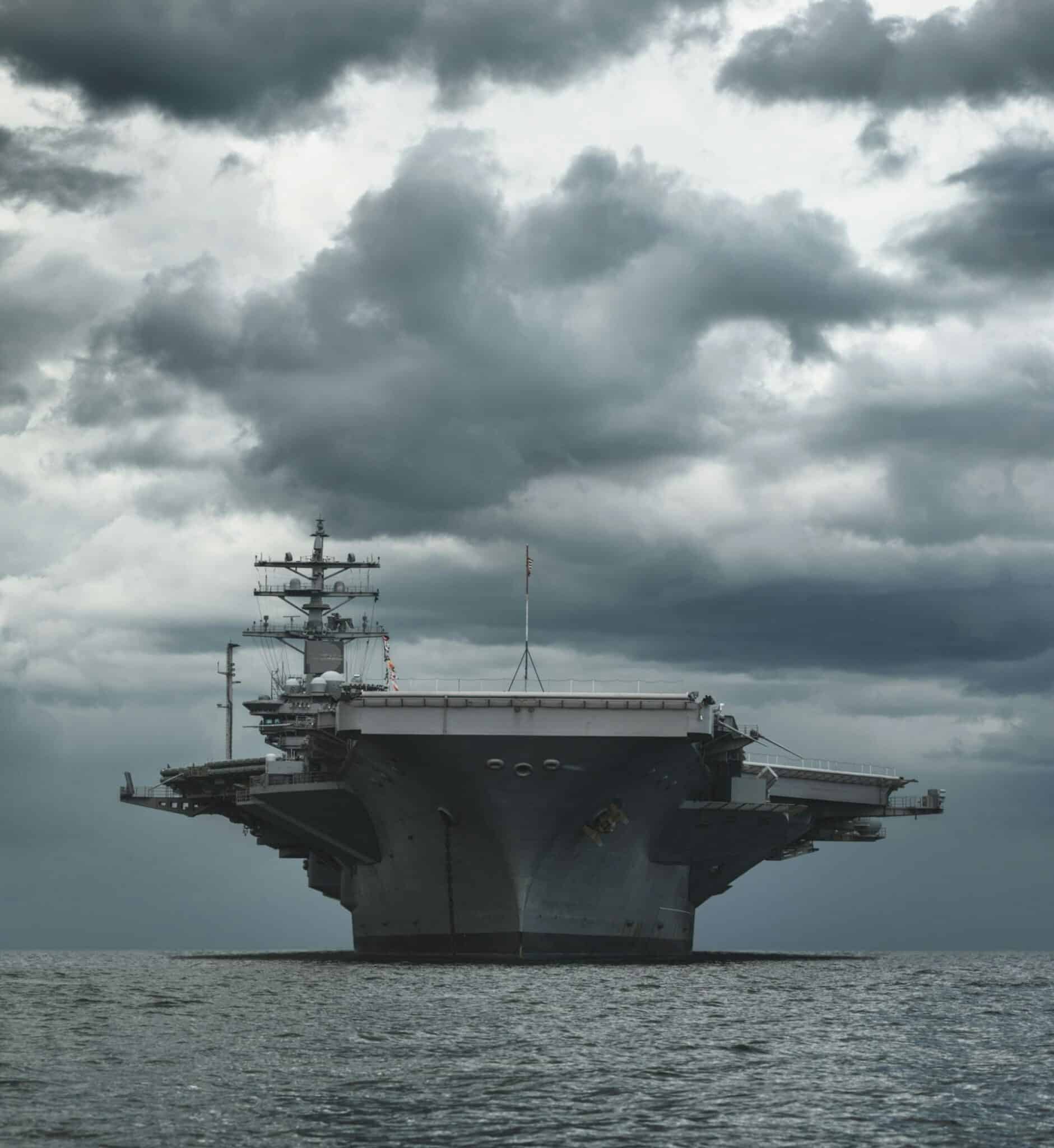The Pentagon’s fancy new fighter, the F-35, is on pace to be the most expensive weapon acquisition in history. Not surprisingly, we keep an eye on the F-35 because of its eye-popping price tag. So we were appalled with a request from the Pentagon at the beginning of this month to shift funds from the so-called Overseas Contingency Operations (OCO) fund, which is supposed to be for direct warfighting costs, to instead accelerate the purchase of eight F-35s, which considering they aren’t operational yet, aren’t doing any warfighting. Luckily, the House Appropriations Committee put the kibosh on that budgetary sleight of hand last week, as we wrote about here.
This week the Government Accountability Office (GAO) publicly released a new report to the Congress, “F-35 Sustainment: Need for Affordable Strategy, Greater Attention to Risks, and Improved Cost Estimates.” One of the key findings of that report is, “…DOD has not fully addressed several key risks to long-term affordability and operational readiness…” In other words, between the considerable resources of the Pentagon and GAO, there are still no definitive answers to how much the plane will cost or when it will fly in combat.
The last GAO cost estimate for buying the F-35 was in March of 2012. At that time, the estimate for the cost of developing and buying the plane and for improving military airfields where they will be based was $395.7 billion. (We’re betting that number has gone up in the last two and a half years. It’s not like Pentagon cost estimates ever go down.) And earlier this year, we produced a history of the F-35. The report compared the costs of this massive aircraft development program to alternatives already in the U.S. military inventory. We aptly called it, “The Unaffordable F-35.” But note that neither of these analyses included the cost of maintaining F-35s, the so-called “sustainment ” or “life cycle” costs.
The new GAO report points to two current estimates of these sustainment costs. One is by the F-35 Joint Program Office saying that these long term costs will be $916 billion. The other estimate is from the Pentagon’s office of Cost Assessment and Program Evaluation (CAPE) and is $1.02 trillion. But the GAO points out weaknesses in both these assessments. Specifically they say certain elements of both estimates “may be underestimated.”
To sum up this very technical paper succinctly: the current estimates of roughly a trillion dollars to keep this airplane in the air may be too low. To put that admittedly multi-year number in perspective: $1.5 trillion is several hundred billion dollars more than the entire federal discretionary budget for one year and triple the Pentagon’s annual budget.
Add that terrifying thought to the fact that a two and half year old estimate for developing and buying the aircraft is nearly $400 billion and you have the following bottom line:
Developing, buying, basing, and maintaining the F-35 is currently estimated to cost close to one and a half trillion dollars.
Congress was a little late in asking for this GAO assessment of the sustainment costs, but it’s still not too late to curtail this massive program. We documented adequate aircraft substitutions in our “Unaffordable” report. We take heart in the recent House Appropriations Committee decision to deny the Pentagon’s request to transfer more than a billion dollars from completely unrelated accounts to the F-35. After all, if you add up all the money requested for the F-35 in the Fiscal Year 2015 budget, you get about $8 billion across all three services. So good on the Congress for at least holding the line against an additional $1.3 billion.
We hope the Congress keeps a microscope on this massive weapon system. Because a trillion and a half dollars is too much to spend on a single program.











Get Social